As part of the initial D-Day invasion of the 6 June 1944, the Battle of Merville Gun Battery was a British-led attempt to take over and destroy German artillery that threatened the main landing force at Sword Beach, 8 miles away. Whilst it would have been possible to bomb the 150mm guns from sea, they were in heavily reinforced concrete bunkers and success was not a guarantee.
Lieutenant Colonel Terence Otway and the 9th (Essex) Parachute Battalion planned to take the battery with 650 men, anti-tank and anti-mine equipment, jeeps, sappers and medical support from 224th (Parachute) Field Ambulance. Just after midnight on D-Day, the assault commenced.
Very quickly, however, the plan had fallen apart because all of the equipment and most of the men landed nowhere near the rendezvous point. Communication with the nearby HMS Arethusa was also impossible. Despite being hopelessly under-equipped, the scouting party had managed to study the German position with good detail and marked the positions of mines by digging their heels into the earth near them. By 2:50am, Lt Col Otway decided that with only 150 men, he had to press on.
Major Allen Parry was tasked with leading the main assault on the battery and gave command of the four assault groups to Lieutenant Alan Jefferson, Lieutenant Mike Dowling, Company Sergeant Major Barney Ross and Sergeant Harold Long. They split up along two paths through the minefield to reach the four casemates and began to open fire on the Germans as soon as one of the gliders carrying equipment and men overshot the battery.
The assault groups ran through the minefield paths but encountered heavy resistance from German machine gun positions defending the battery (who had managed to light up the area with flares shot up into the sky). Despite heavy casualties and fire from another nearby battery, the men of the 9th Parachute Battalion managed to reach the casemates and used their personal Gammon bombs to destroy the artillery, which they discovered to be old 100mm Czech guns and not the 150mm ones that intelligence reports indicated. Otway lost nearly half of his already diminished force taking Merville Battery but saved many of the men who would storm Sword Beach later that day.
See below further research conducted and kindly shared with us by author and historian, Neil Barber
Jumped into Normandy: 568
GB Force: 64
RV/Recce Party: 10
Total: 642
Prisoners taken: 165
Leaving 477 men 'available'.
Approx 150 made it to the Battery, leaving 327 dropped wide, but eventually 'available'. Then, it becomes virtually impossible to accurately state how many filtered back to the battalion during the first week (and subsequently of course). To add to the complication, there are the unknown amount of wounded being evacuated (apart from the 22 at Merville) at the same time, so there was the constant but gradual 'In/Out movement' of men.
By 12 June the Battalion had lost 56 men, and this is confirmed by the CGWC. All of those (barring one) who were initially listed as missing, have since been accounted for, mostly by the PoW Records.
Not a single member of the 9th Battalion killed at the Battery is buried in Ranville Cemetery. All those known to have been killed there have no known grave and are commemorated on the Bayeux Memorial. (and it is believed that those unknowns now lie in Bayeux Cemetery, alongside Major John Pooley).
These overall figures do not include any 224 (Para) Field Ambulance personnel; the only medical and signals people included are the battalion's own men. Also not included is the seaborne party or those on the equipment gliders.
Source:
With research conducted by Neil Barber
Read More
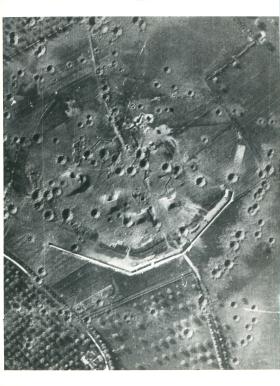
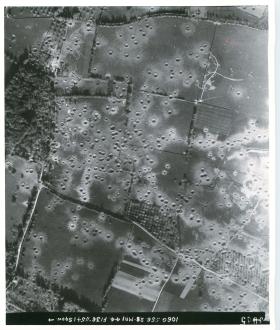
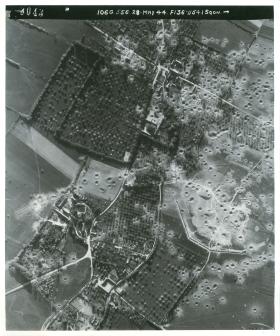
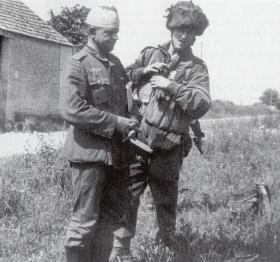
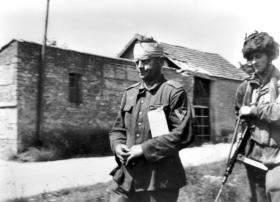
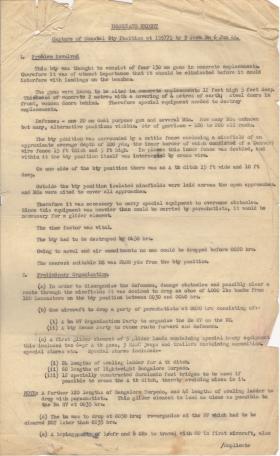
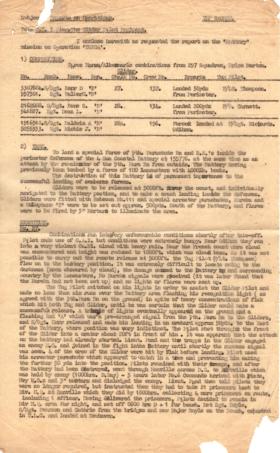
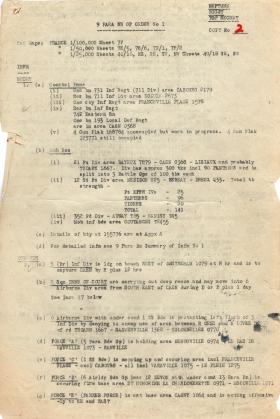
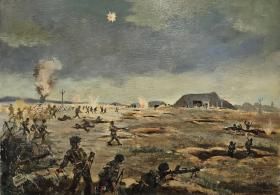
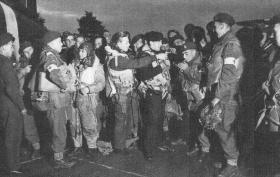




Latest Comments
There are currently no comments for this content.
Add Comment
In order to add comments you must be registered with ParaData.
If you are currently a ParaData member please login.
If you are not currently a ParaData member but wish to get involved please register.